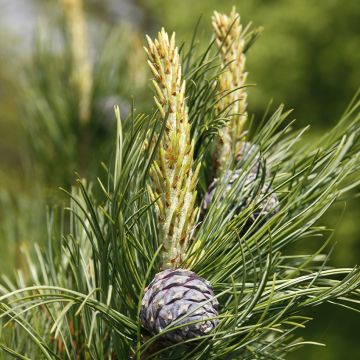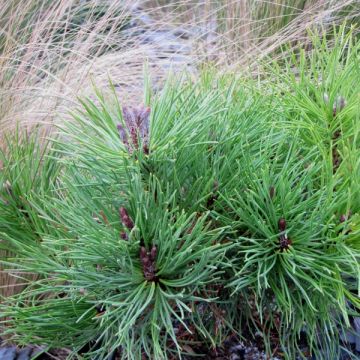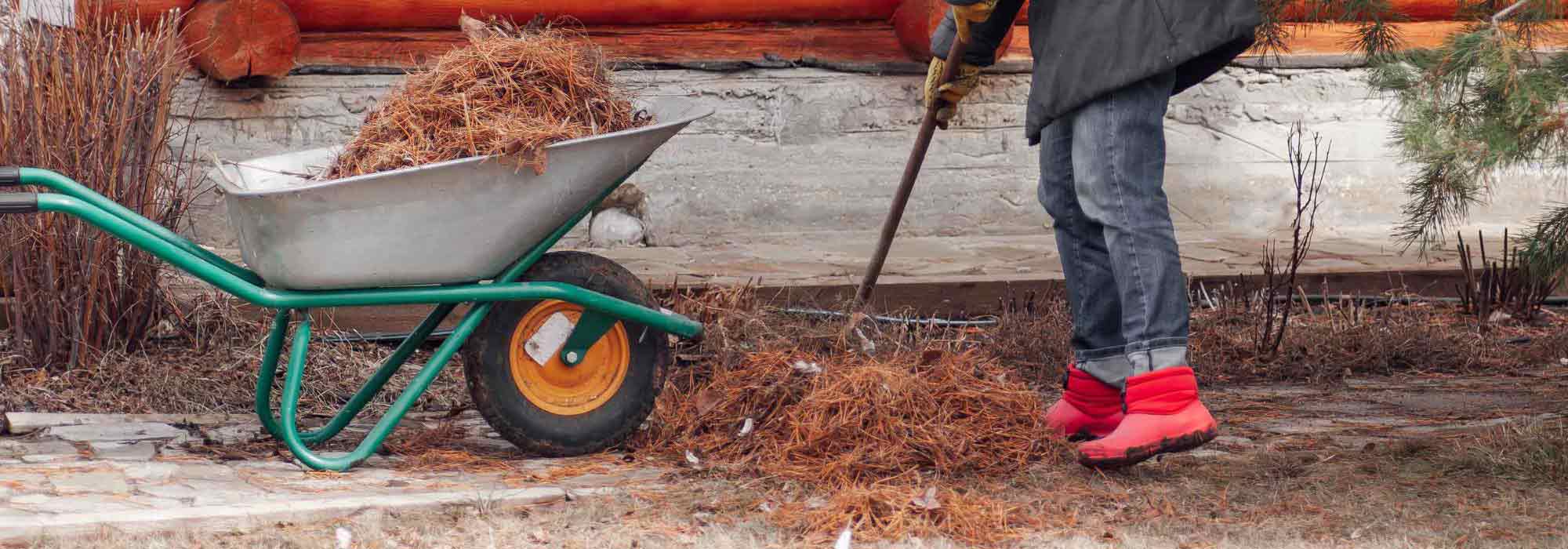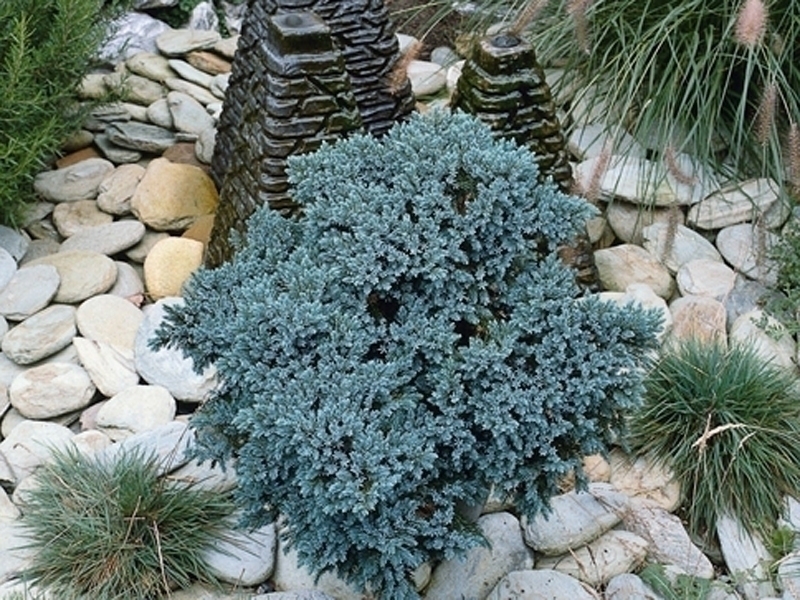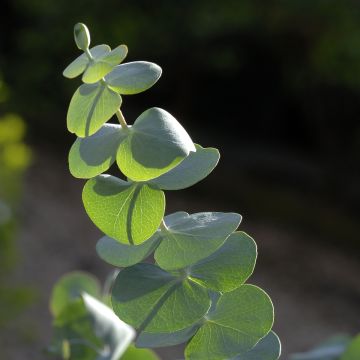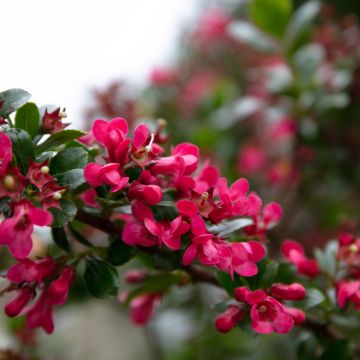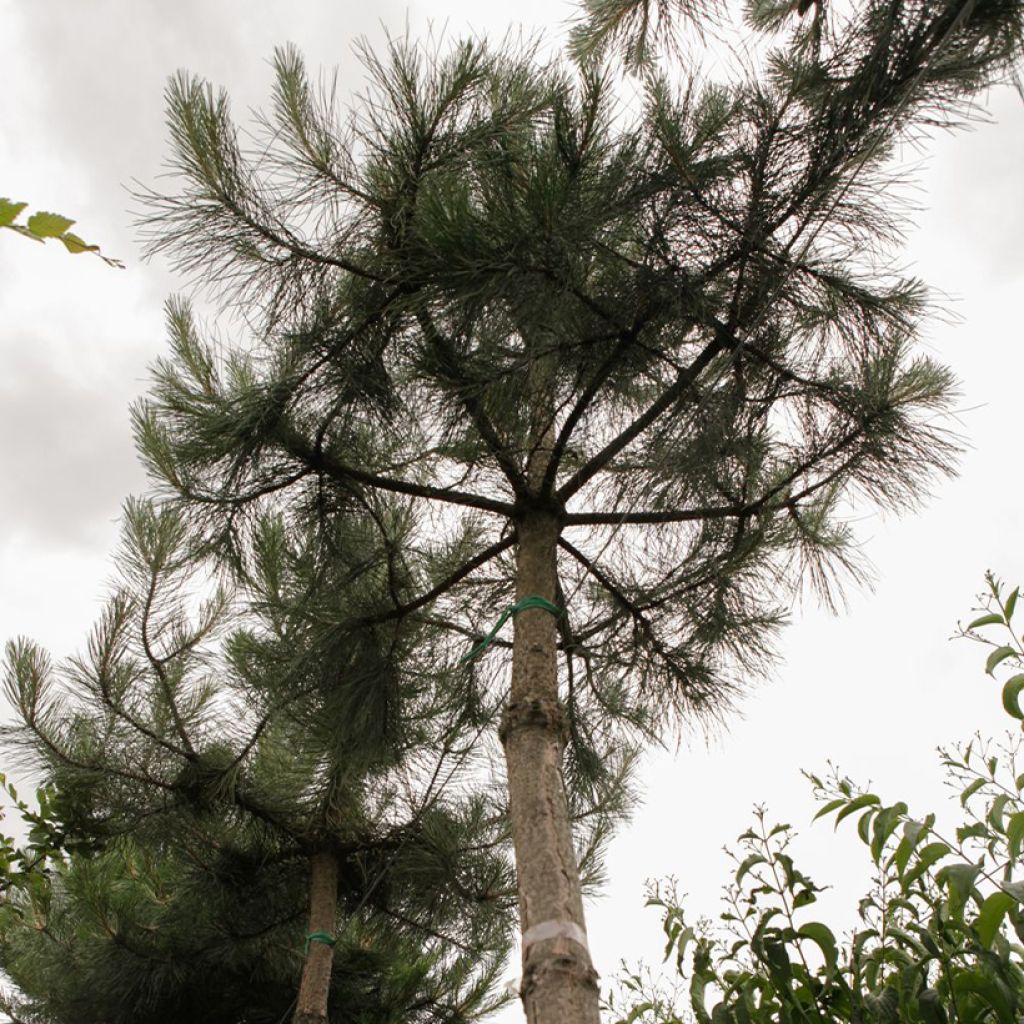

Austrian black pine - Pinus nigra nigra


Austrian black pine - Pinus nigra nigra


Austrian black pine - Pinus nigra nigra


Austrian black pine - Pinus nigra nigra


Austrian black pine - Pinus nigra nigra


Austrian black pine - Pinus nigra nigra


Austrian black pine - Pinus nigra nigra


Austrian black pine - Pinus nigra nigra
Austrian black pine - Pinus nigra nigra
Pinus nigra nigra
Black Pine, Austrian Pine
Special offer!
Receive a €20 voucher for any order over €90 (excluding delivery costs, credit notes, and plastic-free options)!
1- Add your favorite plants to your cart.
2- Once you have reached €90, confirm your order (you can even choose the delivery date!).
3- As soon as your order is shipped, you will receive an email containing your voucher code, valid for 3 months (90 days).
Your voucher is unique and can only be used once, for any order with a minimum value of €20, excluding delivery costs.
Can be combined with other current offers, non-divisible and non-refundable.
Home or relay delivery (depending on size and destination)
Schedule delivery date,
and select date in basket
This plant carries a 24 months recovery warranty
More information
We guarantee the quality of our plants for a full growing cycle, and will replace at our expense any plant that fails to recover under normal climatic and planting conditions.
Would this plant suit my garden?
Set up your Plantfit profile →
Description
The Austrian Pine, in Latin Pinus nigra nigra, is a subspecies of the European Black Pine. It forms a beautiful tree with a spreading habit when mature, suitable for large gardens and parks. It is a very cold-resistant tree, resistant to air pollution, and sea wind, capable of adapting to many types of soils. Developing a strong taproot, it is very drought-resistant once established. Its adaptability, majestic habit, and evergreen foliage make it a great choice for large spaces.
Pinus nigra, a species of the Black Pine, is a conifer that grows naturally in Europe, Asia Minor, and North Africa. In such a vast area, different subspecies adapted to their local conditions have developed. There are three main groups, the subspecies salzmanii in France, Spain, southern Italy, and North Africa, then laricio in the Mediterranean (Corsican and Calabrian Pine) and nigra from Austria to Crimea and Turkey.
Therefore, Pinus nigra subsp. nigra is a wild species that has developed great natural resistance, combined with great aesthetic value, making it particularly interesting for ornamental use. This large tree grows rapidly, first in a conical-pyramidal shape, then significantly widening with age to form a rounded canopy, with a slightly bare base. Its overall aesthetics are splendid, with its layered branching and beautiful dark green evergreen foliage. It can reach a height of 25m (82ft) with a spread of 15m (49.2ft) or more, making it suitable for parks and large gardens. However, it can also be trained and maintained in smaller dimensions as it tolerates pruning very well. An Austrian Pine shaped like a cloud is a major focal point in a garden.
This large conifer is a model of adaptability. It adjusts to almost all types of soil, including chalky or dry soils. Extremely cold-resistant, down to about -30°C (-22°F), its prominent taproot allows it to tolerate drought once established. It is a full-sun species that resists wind, including sea wind. As it also tolerates air pollution well. It is not surprising to find it in many urban parks, where its tall stature and aesthetic architecture make great views. This pine has needles arranged in pairs, forming a very dense dark green foliage. In June-July, it produces small yellow flowers, followed by relatively small cones (5 to 8cm) which are brown in colour, single or in pairs.
Its giant size and rapid growth do not make it a suitable tree for mass plantings. The Austrian Pine is more often planted as a specimen tree in a large lawn. However, it can be the backbone of a shade garden if you plant shade-tolerant shrubs under its branches. The Spindle Tree (Euonymus phellomanus) reaches a sufficient size not to be overshadowed by the stature of the Austrian Pine, and its pink fruiting and vibrant autumn colours will contrast with the dark mass of the conifer. The speckled foliage of the Golden King Aucuba will create a permanent contrast with this large conifer, as it is also evergreen.
Austrian black pine - Pinus nigra nigra in pictures




Plant habit
Foliage
Botanical data
Pinus
nigra
nigra
Pinaceae
Black Pine, Austrian Pine
Southern Europe
Other Pinus - Pine
View all →Planting and care
The Austrian black pine is capable of adapting to various types of soils, even dry and chalky ones. Choose a location where it can grow without hindrance, as it will not be possible to move it once it has become too large! Soak the root ball in a bucket of water before planting. Dig a hole about 60-70cm (23.6 - 27.6in) in all directions to loosen the soil and aid rooting. In sandy soil, you can mix compost with the existing soil to improve water retention. Water well after planting and during the first two summers. This conifer develops a strong tap root, which allows it to seek water deep down and withstand drought well.
Planting period
Intended location
Care
Planting & care advice
This item has not been reviewed yet - be the first to leave a review about it.
Similar products
Haven't found what you were looking for?
Hardiness is the lowest winter temperature a plant can endure without suffering serious damage or even dying. However, hardiness is affected by location (a sheltered area, such as a patio), protection (winter cover) and soil type (hardiness is improved by well-drained soil).

Photo Sharing Terms & Conditions
In order to encourage gardeners to interact and share their experiences, Promesse de fleurs offers various media enabling content to be uploaded onto its Site - in particular via the ‘Photo sharing’ module.
The User agrees to refrain from:
- Posting any content that is illegal, prejudicial, insulting, racist, inciteful to hatred, revisionist, contrary to public decency, that infringes on privacy or on the privacy rights of third parties, in particular the publicity rights of persons and goods, intellectual property rights, or the right to privacy.
- Submitting content on behalf of a third party;
- Impersonate the identity of a third party and/or publish any personal information about a third party;
In general, the User undertakes to refrain from any unethical behaviour.
All Content (in particular text, comments, files, images, photos, videos, creative works, etc.), which may be subject to property or intellectual property rights, image or other private rights, shall remain the property of the User, subject to the limited rights granted by the terms of the licence granted by Promesse de fleurs as stated below. Users are at liberty to publish or not to publish such Content on the Site, notably via the ‘Photo Sharing’ facility, and accept that this Content shall be made public and freely accessible, notably on the Internet.
Users further acknowledge, undertake to have ,and guarantee that they hold all necessary rights and permissions to publish such material on the Site, in particular with regard to the legislation in force pertaining to any privacy, property, intellectual property, image, or contractual rights, or rights of any other nature. By publishing such Content on the Site, Users acknowledge accepting full liability as publishers of the Content within the meaning of the law, and grant Promesse de fleurs, free of charge, an inclusive, worldwide licence for the said Content for the entire duration of its publication, including all reproduction, representation, up/downloading, displaying, performing, transmission, and storage rights.
Users also grant permission for their name to be linked to the Content and accept that this link may not always be made available.
By engaging in posting material, Users consent to their Content becoming automatically accessible on the Internet, in particular on other sites and/or blogs and/or web pages of the Promesse de fleurs site, including in particular social pages and the Promesse de fleurs catalogue.
Users may secure the removal of entrusted content free of charge by issuing a simple request via our contact form.
The flowering period indicated on our website applies to countries and regions located in USDA zone 8 (France, the United Kingdom, Ireland, the Netherlands, etc.)
It will vary according to where you live:
- In zones 9 to 10 (Italy, Spain, Greece, etc.), flowering will occur about 2 to 4 weeks earlier.
- In zones 6 to 7 (Germany, Poland, Slovenia, and lower mountainous regions), flowering will be delayed by 2 to 3 weeks.
- In zone 5 (Central Europe, Scandinavia), blooming will be delayed by 3 to 5 weeks.
In temperate climates, pruning of spring-flowering shrubs (forsythia, spireas, etc.) should be done just after flowering.
Pruning of summer-flowering shrubs (Indian Lilac, Perovskia, etc.) can be done in winter or spring.
In cold regions as well as with frost-sensitive plants, avoid pruning too early when severe frosts may still occur.
The planting period indicated on our website applies to countries and regions located in USDA zone 8 (France, United Kingdom, Ireland, Netherlands).
It will vary according to where you live:
- In Mediterranean zones (Marseille, Madrid, Milan, etc.), autumn and winter are the best planting periods.
- In continental zones (Strasbourg, Munich, Vienna, etc.), delay planting by 2 to 3 weeks in spring and bring it forward by 2 to 4 weeks in autumn.
- In mountainous regions (the Alps, Pyrenees, Carpathians, etc.), it is best to plant in late spring (May-June) or late summer (August-September).
The harvesting period indicated on our website applies to countries and regions in USDA zone 8 (France, England, Ireland, the Netherlands).
In colder areas (Scandinavia, Poland, Austria...) fruit and vegetable harvests are likely to be delayed by 3-4 weeks.
In warmer areas (Italy, Spain, Greece, etc.), harvesting will probably take place earlier, depending on weather conditions.
The sowing periods indicated on our website apply to countries and regions within USDA Zone 8 (France, UK, Ireland, Netherlands).
In colder areas (Scandinavia, Poland, Austria...), delay any outdoor sowing by 3-4 weeks, or sow under glass.
In warmer climes (Italy, Spain, Greece, etc.), bring outdoor sowing forward by a few weeks.
































